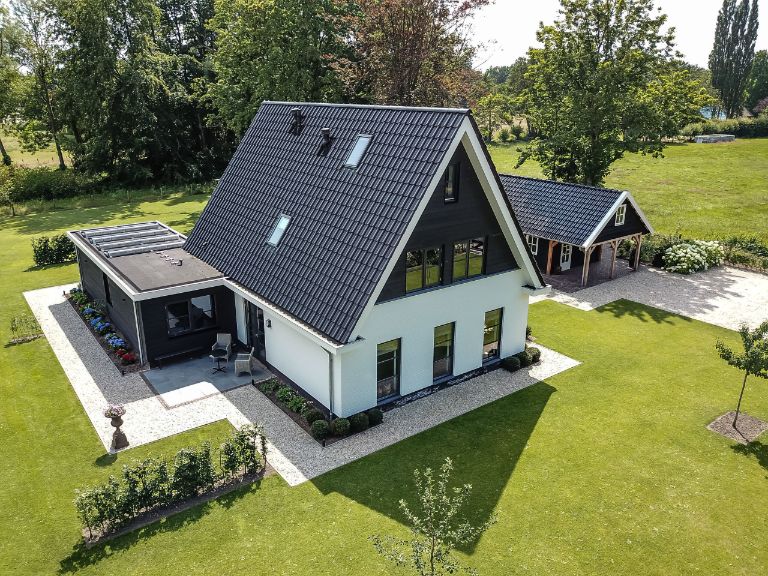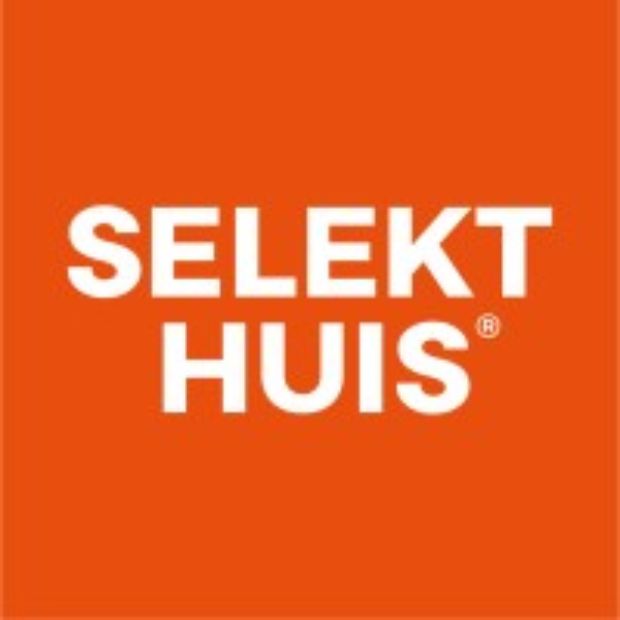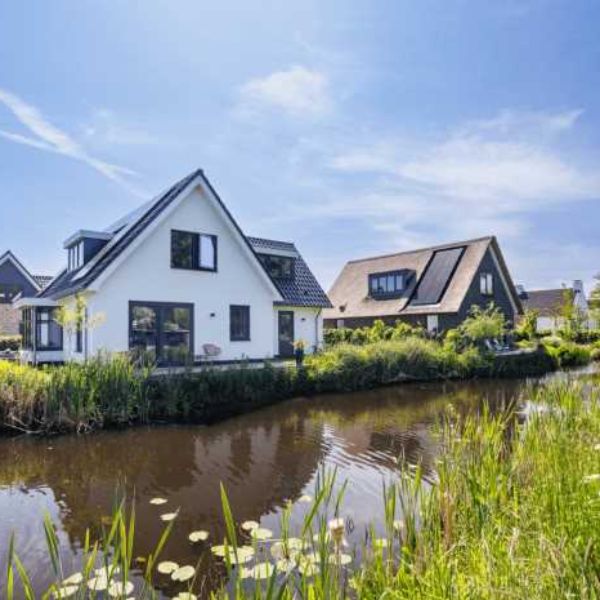Building transparency: CSRD compliance for Selekthuis

Building transparency: CSRD Compliance for Selekthuis
SelektHuis is a leading Dutch homebuilder specialising in the design and construction of custom detached houses across the Netherlands. Based in Rijssen, the company combines modern prefabrication methods with traditional craftsmanship to create sustainable, energy-efficient homes. Every design is tailored to the client, reflecting SelektHuis’s focus on quality, durability, and personal service.
Challenge
The Corporate Sustainability Reporting Directive (CSRD) introduced new requirements for companies to report on their environmental, social, and governance (ESG) performance under the European Sustainability Reporting Standards (ESRS). It requires companies to disclose how their activities affect people and the environment, as well as how sustainability issues influence their business.
For SelektHuis, this meant bringing together sustainability data from its production sites and construction projects into one consistent framework. The company needed to standardise processes, close data gaps, and build an internal system to support transparent, audit-ready sustainability reporting.

Navigating New Standards: Selekthuis's CSRD Journey
We helped SelektHuis meet CSRD requirements and strengthen sustainability reporting across its operations.
Here's how we did it:
Step 1: Establishing the CSRD team
In collaboration with SelektHuis, we established a cross-functional CSRD team composed of representatives from production, operations, finance, and HR. The team was responsible for coordinating data collection and ensuring that sustainability considerations were incorporated into departmental processes. This structure enabled consistent alignment on reporting objectives and clarified roles and responsibilities across the organisation.
Step 2: Double Materiality Assessment
We conducted a double materiality assessment to determine which sustainability topics are material to SelektHuis from both an impact and financial perspective. The analysis evaluated how the company’s activities affect people and the environment (impact materiality) as well as how sustainability-related risks and opportunities may influence its business performance and resilience (financial materiality).
Step 3: Gap analysis
We assessed SelektHuis’s existing policies, processes, and data systems against the general and topical disclosure requirements set out in the ESRS. The review identified where current practices are already aligned with reporting obligations and where further development is required. This analysis provided the foundation for defining the next steps toward CSRD compliance and audit readiness.
Step 4: CSRD reporting roadmap
Based on the findings of the gap analysis, we developed a tailored CSRD implementation roadmap for SelektHuis. The roadmap defines key actions, timelines, and internal responsibilities necessary to achieve full compliance with the ESRS framework. It also sets out the steps for embedding sustainability data collection into operational processes and supports the company’s preparation for future limited assurance requirements.
Results
The CSRD engagement equipped SelektHuis with a structured and data-driven approach to sustainability reporting. It enhanced internal collaboration across operational teams and provided the company with improved visibility into its sustainability performance. With an actionable implementation roadmap and strengthened data governance in place, SelektHuis is well-positioned to meet CSRD requirements and support the transition toward greater transparency and sustainability within the Dutch homebuilding sector.
